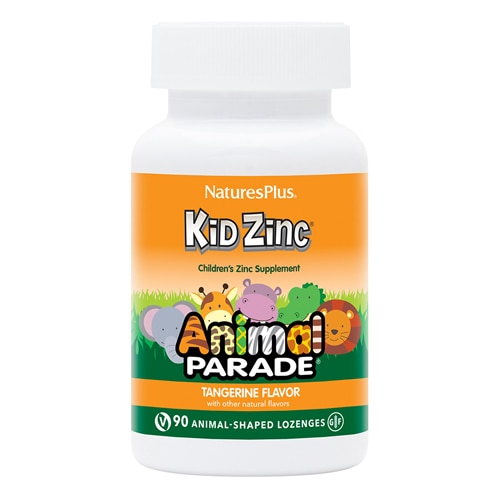Zinc, an essential trace mineral, is a must-have during the winter season—and all year round. It supports the health of many of your body’s systems, including your immune system.* There are many different kinds of zinc, and as a supplement, it’s often combined with copper. But how much should you take? Which foods are highest in zinc? And how do you know what form of zinc is best to take as a supplement? Let’s take a look at what you most need to know about the remarkable potential of zinc.
[caption id="attachment_50568" align="aligncenter" width="650"] One cup of pecans provides 4.9 mg of zinc, or 33% of the recommended Daily Value.[/caption]
One cup of pecans provides 4.9 mg of zinc, or 33% of the recommended Daily Value.[/caption]
Having adequate zinc levels not only supports overall health, it also plays a role in more than 300 different enzymatic reactions in your body. Zinc can be a key component in DNA and protein synthesis, and in the growth and repair of your tissues. It supports the health of your eyes, reproductive system and the regulation of appetite, taste and smell. For men, zinc helps support prostate health.*
Furthermore, zinc can help support your body’s defenses against free radicals (compounds that can damage your DNA and cells) by combining with another compound known as super oxide dismutase (an antioxidant enzyme).*
The good news is that this amazing nutrient can be consumed in ample amounts in your diet. Common dietary sources include oysters, beef, Alaskan king crab, lobster, pork loin, wild rice, green peas, yogurt, pecans and peanuts.
Zinc is also found in grains and legumes, though there are two issues with these sources of zinc. The first issue concerns bioavailability, which refers to how well zinc is absorbed in your body: phytic acids found in these sources of zinc can bind tightly to the zinc and inhibit its absorption. The second issue is whether the soil that the plants were grown in contained adequate levels of zinc in the first place. If the soil was zinc-deficient, then the food may contain inadequate amounts of zinc.*
The recommended dietary allowance (RDA) for zinc is 8 mg for women 19 years of age or older, and 11 mg for men 19 years of age or older. Children’s requirements vary, but they’re the same for boys and girls in the same age groups: 2 mg from birth to 6 months; 3 mg from 7 months to 3 years; 5 mg from 4 to 8 years; and 8 mg from 9 to 13 years. From age 14 to 18, girls should consume at least 9 mg, and boys at least 11 mg, of dietary zinc each day. During lactation, women should get 12 to 13 mg, and during pregnancy 11 to 12 mg, of zinc in their daily diet.
By taking zinc in supplement form, you can ensure that you’re getting a specific amount. The best zinc supplements are those that are chelated, which means they’re bound to a compound to enhance the mineral’s absorption.* Zinc gluconate and zinc picolinate are good examples, and Vitacost carries a great product with both of these chelating agents.
To get the most zinc benefits, it’s important to take this mineral along with copper, as excess zinc could affect copper levels in your body.* Vitacost Zinc & Copper contains an optimal ratio of 15 mg of zinc to 1 mg of copper per tablet.
To support your immune system’s ability to function at its best, think zinc!
*These statements have not been evaluated by the FDA. These products are not intended to diagnose, treat, cure or prevent any disease.



